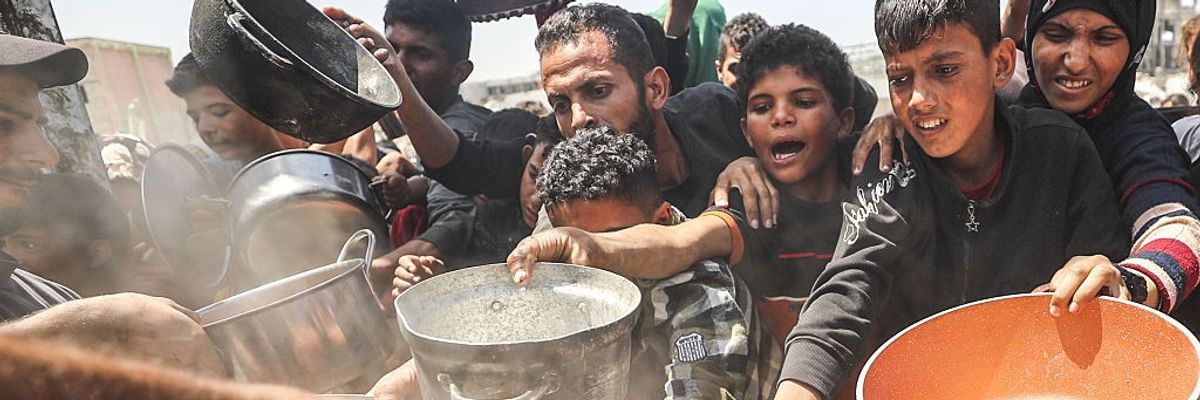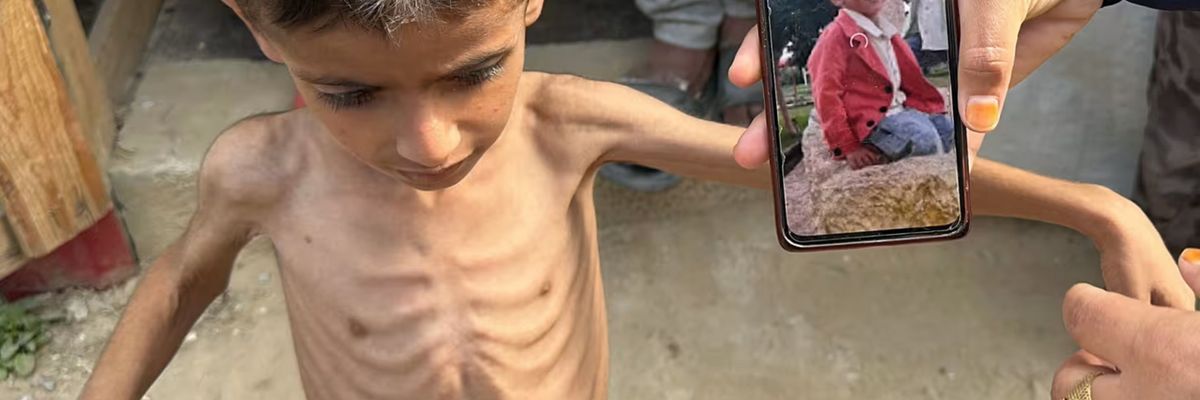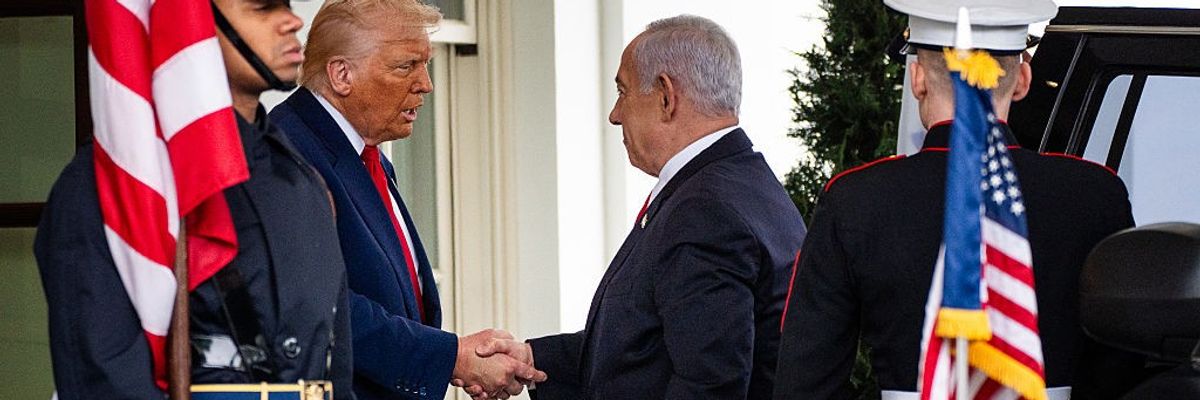Maleeha Lodhi

IT was April 1994. Pakistan’s army chief Gen Waheed Kakar was on an official visit to Washington. Pakistan was under military and economic sanctions imposed by the US on the nuclear issue in 1990. As a result, a wide range of military equipment including 28 F16s that Pakistan had paid for was embargoed.
Against this backdrop, the nuclear issue dominated most of Gen Kakar’s meetings. In one meeting with top US military and State Department officials, which I also attended as Pakistan’s ambassador to Washington, our American interlocuters offered to release all our equipment including the planes if Pakistan agreed to freeze its nuclear programme and allow a one-time inspection to verify a cap on enrichment. Gen Kakar listened patiently and then politely told his hosts: “Gentlemen, I come in friendship but we in the East do not measure our relationship in planes and tanks. You can keep our F16s and our money. Our national security is non-negotiable.”
I recall this meeting as one example of how resolutely and uncompromisingly Pakistan maintained its position on an issue vital to its security. Had it not done so and caved into international pressure it would not have acquired the nuclear capability which is and has been the guarantor of the country’s security. There has been no all-out war between Pakistan and India since both neighbours became nuclear powers, despite regular crises, skirmishes and military confrontations.
The latest crisis has again thrown this into sharp relief. True, India has acted on its doctrine of limited war under the nuclear threshold, to try to push the boundaries and enlarge space for this in every successive crisis. It has also become the first nuclear power to attack another nuclear state by missiles and air strikes. It has sought to create a ‘new normal’ by launching kinetic actions in mainland Pakistan whenever there is a terror attack in occupied Kashmir, for which it holds Pakistan responsible without evidence.
Pakistan’s strategic capability remains the guarantor of its security against a full-scale war.
In the latest crisis, India used all the instruments of modern, hybrid warfare — ballistic missile strikes, drones, disinformation, psy-ops and weaponising water to undermine deterrence. But Pakistan’s conventional capabilities deterred India from provoking an even larger conflict. Pakistan’s counteractions (initially downing Indian fighter aircraft) imposed heavy costs on India for its aggression. Retaliating to the second round of unprovoked Indian attacks, including on its air bases, Pakistan launched a military operation involving air strikes, missiles and armed drones against Indian military bases and infrastructure in and much beyond Kashmir. A ceasefire followed soon after brokered by Washington and announced by President Donald Trump.
Pakistan’s military response was designed to re-establish deterrence while blunting the aims of limited war and thwarting India’s effort to seek space for conventional war under the nuclear overhang. India’s reckless actions escalated the crisis to a dangerous level and drove it into uncharted territory — almost to the edge of all-out war. But its military brinkmanship had to stop well short of Pakistan’s known nuclear red lines. Thus, were it not for the nuclear factor, a full-scale war could have broken out.
The story of Pakistan’s pursuit of a nuclear capability is worth recalling to remind ourselves of the formidable challenges that were faced — and overcome — to acquire it. Confronted with an implacable adversary Pakistan initially pursued a strategy of external balancing by forging military alliances with the West to counter India and its hegemonic ambitions.
But the lesson of the country’s defeat and dismemberment in 1971 was that it could only depend on itself for its security. India’s nuclear explosion in 1974 was a turning point. It convinced Pakistan of the imperative to acquire nuclear weapons. Western countries, however, sought to punish Pakistan for India’s explosion by adopting discriminatory policies and denying it technology.
Pakistan faced innumerable obstacles in its nuclear journey. It braved Western embargoes, sanctions and censure, US opposition and unrelenting international pressure to stay the course. It took the country 25 years of arduous effort to build a strategic capability and even longer to transform that into an operational deterrent with an effective delivery system. That objective could not have been achieved if successive civilian and military governments had not all pursued this regardless of costs but confident that a firm national consensus backed the effort.
The book Eating Grass by Feroz Khan, published some years ago, describes the fascinating interplay between geostrategic shifts, key political and scientific figures and evolution of strategic beliefs, which shaped Pakistan’s nuclear decisions. It is a riveting insider account of the country’s quest for a nuclear capability and the challenges it encountered. Its title is inspired by Zulfiqar Ali Bhutto’s much-cited remark that if India built the bomb, “we will eat grass, even go hungry, but we will get one of our own”.
Khan explains how Pakistan mastered the nuclear fuel cycle despite heavy odds. He credits this not to a few individuals but to the collective determination of hundreds of people in the civil-military establishment. However, what ultimately determined nuclear success was the cadre of scientists and engineers whose talent was tapped in the country’s early years and who were motivated by the resolve not to let India’s strategic advances go unanswered.
A book that focuses on a different aspect of Pakistan’s nuclear journey is The Security Imperative: Pakistan’s Nuclear Deterrence and Diplomacy by Zamir Akram, an outstanding diplomat. Nuclear diplomacy played a critical role in the country’s efforts to develop a strategic capability which Akram chronicles with illuminating insights. A key theme of his book is how Pakistan’s diplomacy navigated through the discriminatory landscape erected by the West, while advancing its nuclear and missile programmes.
As a diplomat I witnessed first-hand the international pressure mounted on the country. Pakistan was asked to unilaterally sign the Comprehensive Test Ban Treaty, agree to inspection of its nuclear facilities, sign up to negotiations for a Fissile Material Cut Off Treaty in the UN’s Conference on Disarmament and curb its missile development. Pakistan said no to all of the above to protect its security interests.
Because of such decisions and the exceptional efforts of those who built Pakistan’s strategic capability its security is assured against a full-fledged war by India. Similar commitment is needed to deal with internal challenges, especially to build a strong, self-reliant economy so that the country is not vulnerable to external pressure.
Published in Dawn, May 12th, 2025














